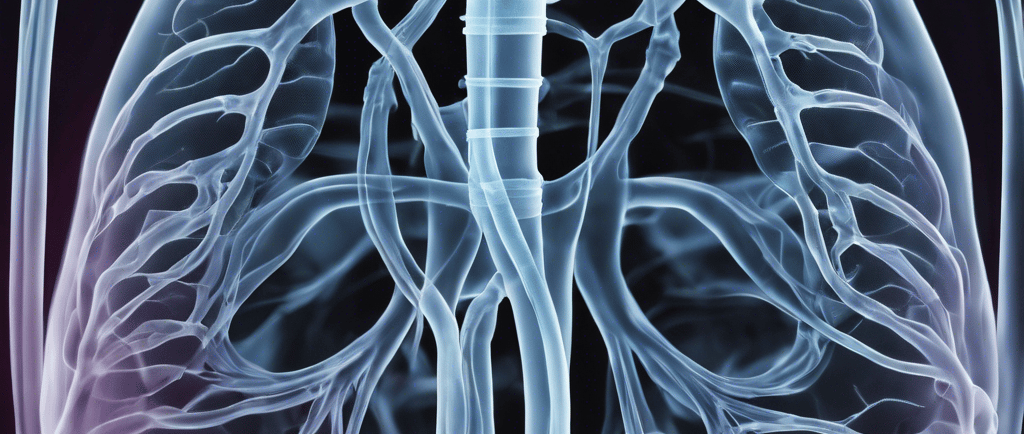Understanding Renal Denervation
8/8/20252 min read


What the Public Doesn’t Know About Treating Persistent High Blood Pressure
When we talk to patients and clinicians about resistant hypertension, the same theme always comes up: frustration. These are people taking multiple medications every day and still seeing dangerously high blood pressure. It is a situation that leaves both patients and doctors searching for something more.
That is where renal denervation comes into the conversation. At its core, the idea is simple. Around the renal arteries (The main arteries going to our kidneys) are sympathetic nerves that play a key role in controlling blood pressure. In resistant hypertension, these signals are often overactive. Renal denervation aims to quiet them down by burning these nerve fibers.
The procedure itself is minimally invasive. A catheter (long, thin tube) is guided to the renal artery and energy is delivered, sometimes through radiofrequency, sometimes ultrasound, sometimes a chemical approach, to interrupt the nerve activity. The hope is that by calming this pathway, blood pressure regulation can return to a healthier range without relying entirely on heavy pharmaceutical intervention.
We have seen both promise and limitations. Some patients experience a meaningful drop in blood pressure, while for others the effect is less dramatic. Anatomy, technique, and even the ability of nerves to regrow all play a role. Safety data so far has been reassuring, with serious complications rare, but it remains a procedure that requires care and precision.
Although today we're unable to fully control the effects of such intervention in every patient, and the operation risk is only justifiable for a small population of hypertensive patients this might be the seed for a medical intervention that ends the need for chronic medication.
For us, renal denervation represents more than a single technique. It is part of a bigger movement in medicine, shifting from endless prescriptions toward targeted interventions that work with the body's own control systems. Whether or not nerve ablation is the final answer, it is clear that tapping into these hidden networks is opening a new frontier in treating resistant hypertension.
The Underlying Mechanism: Why Renal Denervation Exists (Nerdy Section)
The autonomic nervous system plays a vital role in regulating various physiological processes, including blood pressure. Within this system, the sympathetic nervous system is particularly influential, as it modulates cardiovascular functions by adjusting heart rate and vascular tone. Dysregulation of nerve signals within this system can lead to persistent high blood pressure, a condition often labeled resistant hypertension, where traditional antihypertensive medications fail to achieve desired outcomes.
In patients afflicted with resistant hypertension, the kidneys respond under stress by activating various pathological mechanisms. The kidneys are innervated by sympathetic nerves which, when overactive due to dysregulation, can contribute significantly to elevated blood pressure. Increased renal sympathetic nerve activity leads to a series of events, including renal vasoconstriction, sodium retention, and increased renin release, which collectively raise blood pressure levels. The pathophysiology of resistant hypertension thus involves a cyclical pattern where high blood pressure exacerbates renal nerves' activity, perpetuating the condition.
Simplistically, the kidneys' primary functions of filtering blood and maintaining fluid balance become compromised by the excessive sympathetic drive. This hyperactivity not only pertains to the renal nerves but also influences central mechanisms that amplify overall sympathetic tone. For instance, elevated levels of circulating catecholamines due to sympathetic nerve activation further enhance vasoconstriction, which can aggravate hypertension. Through this understanding, it becomes evident that renal denervation; a procedure targeting these overactive nerves; emerges as a promising therapeutic option, addressing the root cause of the neurogenic component of resistant hypertension.